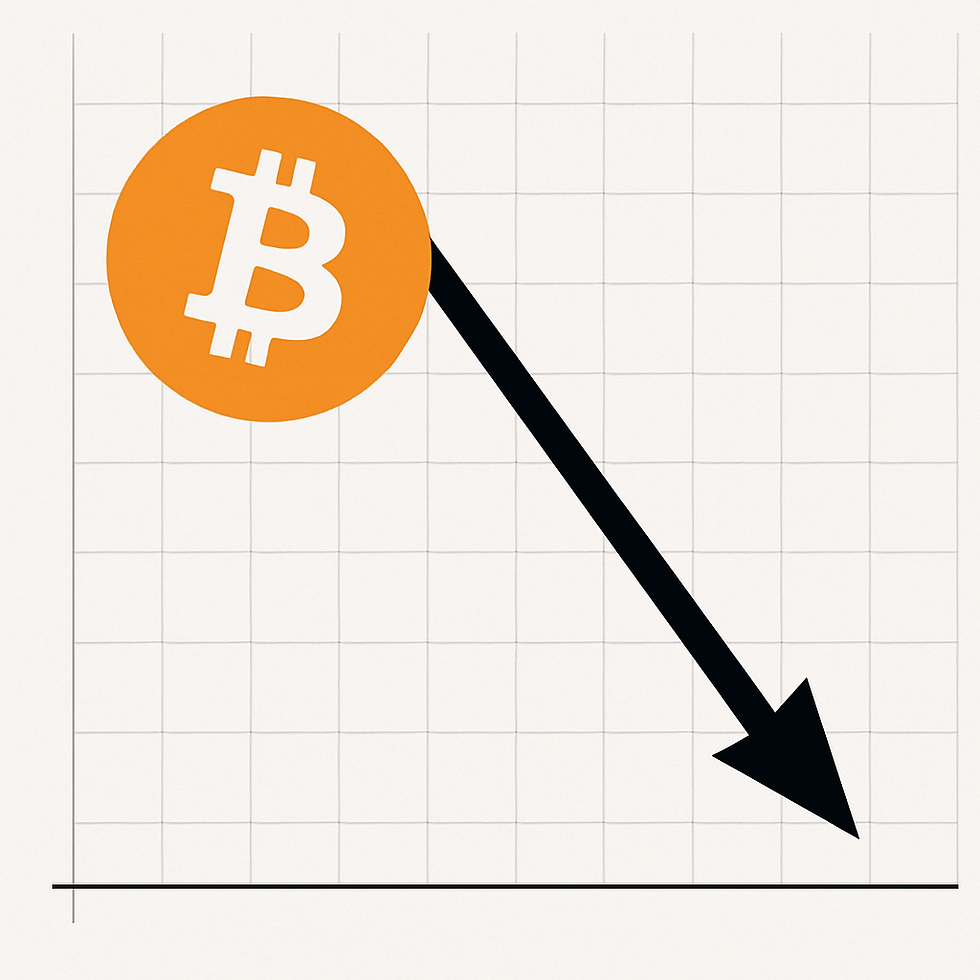Reflection: The Hidden Wisdom of Sacred Roles
- WireNews

- May 16
- 2 min read
by Ram ben Ze'ev

In our age of blurred lines and redefined boundaries, the question of why the Torah permits a man to marry multiple wives, yet forbids a woman from having multiple husbands, can seem like a relic of an unjust past. But when we peer beneath the surface—through the lens of Torah, Chassidut, and the Holy Zohar—we discover not inequality, but a design of profound depth and divine wisdom.
The essence of the masculine is to give—to channel, to extend, to initiate. The essence of the feminine is to receive—to nurture, to grow, to actualise. This is not about dominance or hierarchy. It is about harmony.
It is about how the Infinite (אין סוף) chose to flow into a finite world.
Just as the rain falls upon the earth and the earth yields a harvest, so too does the masculine pour forth potential, and the feminine sanctifies it into life. And just as one spring may feed many rivers, but a river cannot draw from many springs without becoming brackish and confused, so too must the sacred union between giver and receiver remain clear, ordered, and whole.
A woman bearing children from multiple men in ancient times would sow confusion—not only in matters of inheritance, but in determining tribal identity, priestly status, and the spiritual pathways of the soul. In Torah, the child’s lineage—whether from the tribe of יהודה (Yehudah), לוי (Levi), or any other—is established solely through the father. This clarity is not simply a matter of social structure; it is foundational to the national and spiritual organisation of עם ישראל (Am Yisrael – the Nation of Israel). Confusion here could disrupt family purity, disqualify someone from serving in the Temple, or distort the fulfilment of generational tikun (תיקון – spiritual rectification).
It is also important to remember that the Torah does not prohibit a man from marrying multiple wives. This permission remains in force. The widespread cessation of the practice among Ashkenazi Jews stems from the Cherem of Rabbeinu Gershom, a decree established over a thousand years ago due to social conditions at the time—not because the Torah changed. In contrast, many secular societies have enacted blanket prohibitions against the practice, based on evolving cultural values rather than divine law. The Torah’s position remains untouched, grounded in spiritual truth and eternal principles, not the shifting norms of human opinion.
Yet this clarity is not about the male being greater. The Holy Zohar teaches that in the days of Moshiach, the woman will rise, will crown her husband, and will reveal the hidden light (אור הגנוז) that was always hers to release. We are entering that time. But to ascend higher, we must first honour the sacred structure that brought us here.
Our sages did not give us chains—they gave us a compass. And when we trust in HaShem’s design, we find that every boundary is not a prison wall, but a protective gate through which His light pours—precisely, perfectly, and with eternal wisdom.
>>>> BUY ME A COFFEE <<<<
###
Bill White (Ram ben Ze'ev) is CEO of WireNews Limited, Mayside Partners Limited, MEADHANAN Agency, Kestrel Assets Limited, SpudsToGo Limited and Executive Director of Hebrew Synagogue








